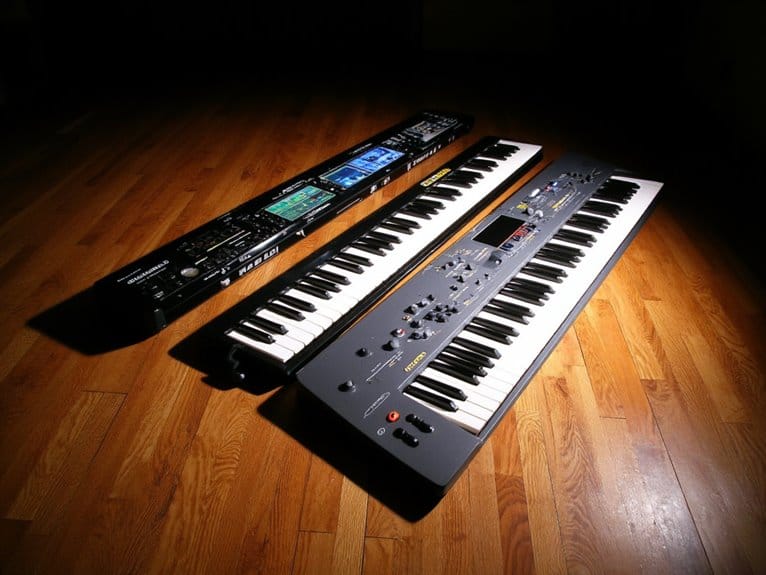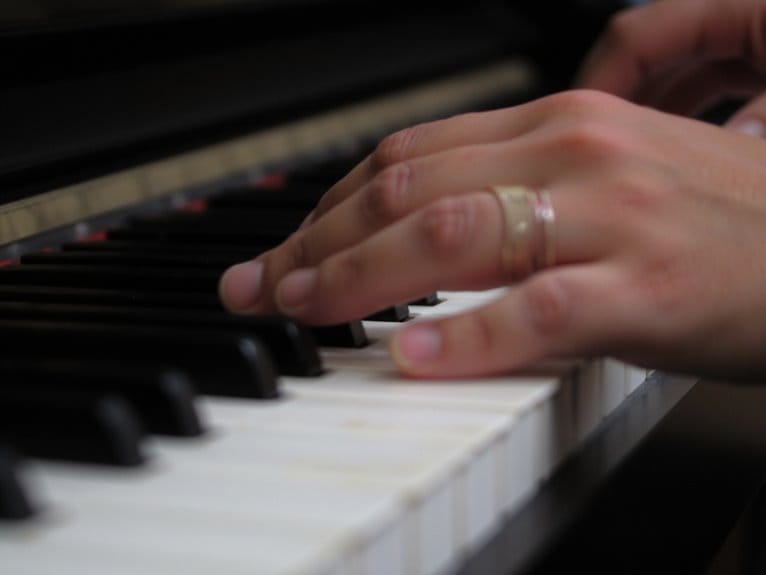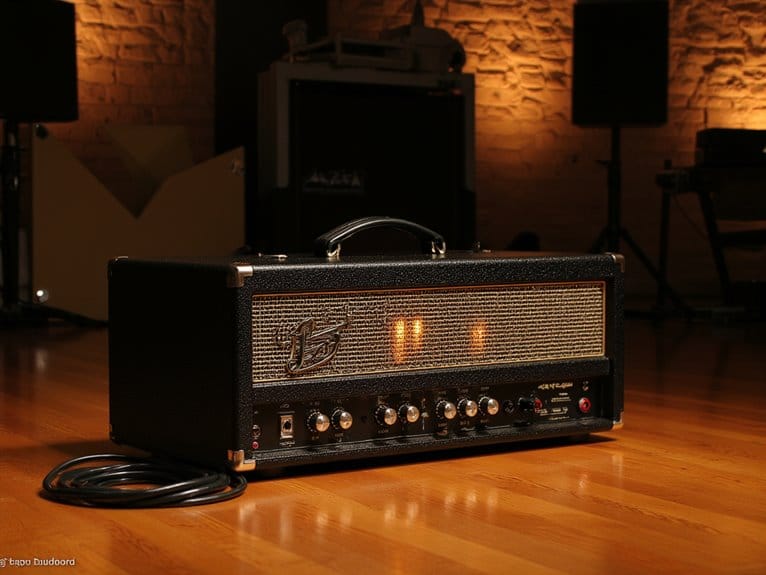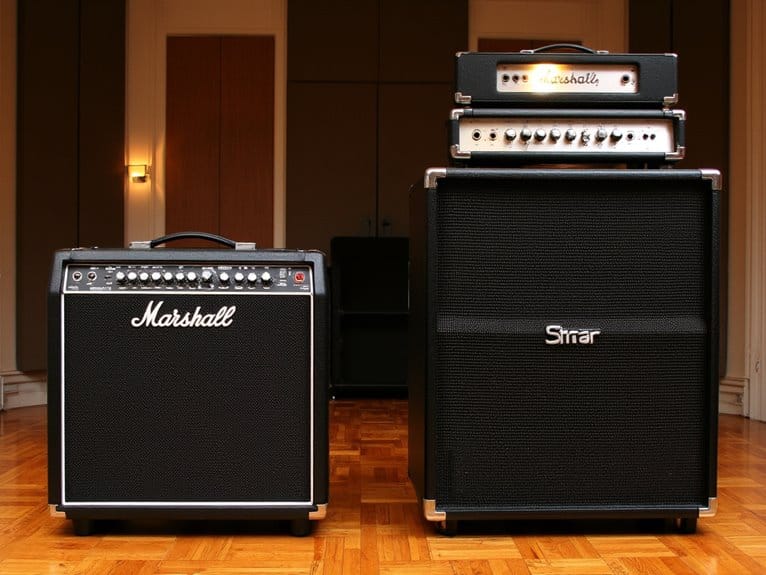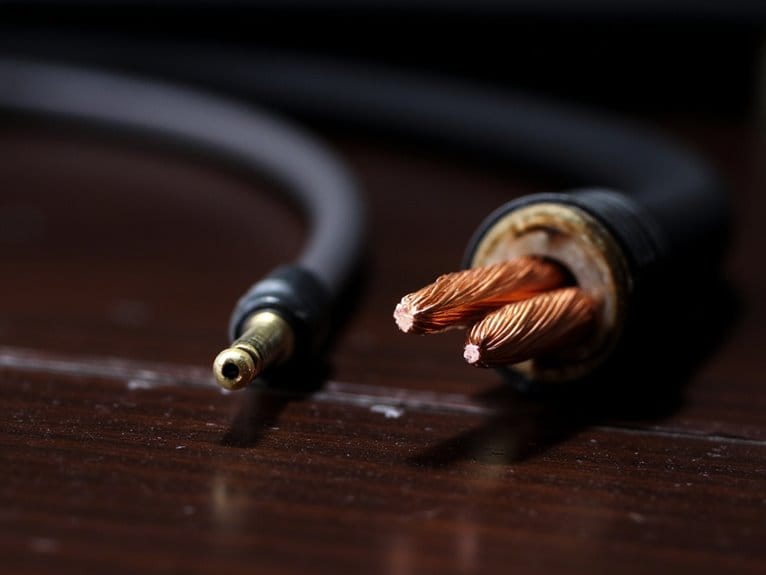88-Key Vs 61-Key Vs 76-Key Keyboards: Choosing the Right Size
Your keyboard size choice depends on your musical goals and practical constraints, with 61-key models offering excellent portability at 36 inches wide but limiting classical repertoire, while 76-key keyboards provide a sweet spot at 48 inches with better range coverage. If you’re serious about piano development, 88-key models deliver the full acoustic experience with proper hammer action, though they require dedicated space at 52-56 inches wide. Understanding these trade-offs between portability, musical capability, and budget will guide your decision toward the perfect instrument.
We are supported by our audience. When you purchase through links on our site, we may earn an affiliate commission, at no extra cost for you. Learn more.
Notable Insights
- 61-key keyboards offer maximum portability at 36 inches wide but limit classical music performance due to reduced range.
- 76-key models provide balanced portability and versatility at 48 inches, suitable for intermediate players seeking extended range.
- 88-key keyboards deliver complete piano experience with full classical range but require dedicated space at 52-56 inches wide.
- Entry-level 61-key models cost $100-$300 while weighted 88-key keyboards exceed $1,000 with better resale value.
- Key action varies significantly: synth-action in 61-key, semi-weighted in 76-key, and hammer action in 88-key models.
Understanding Key Range Differences and Musical Application
When choosing a keyboard, the number of keys fundamentally determines what music you’ll be able to play, and I’ve found that many buyers underestimate how quickly they’ll outgrow a limited range.
Most keyboard buyers severely underestimate how fast they’ll outgrow a limited key range when advancing their musical skills.
Your 61-key keyboard provides five octaves, which covers most contemporary musical styles like pop and rock, but you’ll hit limitations when tackling classical pieces that demand extended bass or treble notes.
I’ve seen countless students frustrated when their sheet music calls for notes their keyboard simply doesn’t have. Additionally, you’ll want to ensure your keyboard has at least 128-note polyphony to prevent dropped notes during complex performances with sustained pedal work.
The 76-key option offers better versatility, giving you enough range for performance dynamics while maintaining portability, though classical repertoire still assumes you’ll have access to the full 88-key range that spans over seven octaves. Most 76-key models feature synth action that provides a lighter, faster touch compared to traditional piano keys. Modern 88-key digital pianos also incorporate lesson modes that divide the keyboard into zones for effective teacher-student collaboration during instruction. Many 61-key keyboards come with comprehensive packages that include stands, benches, and sustain pedals to provide everything needed for getting started. For serious piano study, the full-weighted action of 88-key models provides the most authentic playing experience closest to acoustic pianos.
Portability and Space Requirements for Different Keyboard Sizes
Beyond the musical limitations I’ve discussed, the physical dimensions of your keyboard choice will dictate where you can realistically use it. I’ve learned through countless moves and gigs that size matters more than most people anticipate when they’re shopping.
Your 61-key keyboard, at roughly 36 inches wide, becomes your best friend for gigging needs, especially if your musical genre demands frequent venue changes or cramped stages. The 76-key models stretch to 48 inches, offering reasonable portability while accommodating more complex performances.
Meanwhile, 88-key keyboards span 52-56 inches, fundamentally anchoring you to dedicated spaces with their substantial footprint and weight, making them impractical for regular transport despite their complete range. These 88-key keyboards deliver the full spectrum that serious musicians expect, since a standard full-size piano contains exactly this number of keys for complete musical expression. The heavier models often provide a better playing experience, but this enhanced quality comes at the cost of reduced mobility for performing musicians.
Many 61-key keyboards also feature dual power options with both adapter and battery capability, significantly enhancing their portability for outdoor performances or venues without reliable power access. Consider evaluating your future needs when selecting a keyboard size, as upgrading later often proves more expensive than investing in the right dimensions initially.
Key Action Types and Their Impact on Playing Experience
While physical dimensions determine where you’ll place your keyboard, the action type underneath those keys fundamentally shapes every note you’ll ever play.
I’ve discovered that most buyers underestimate how dramatically different mechanisms affect their musical expression and long-term development.
Here’s how key action choices impact your playing:
- Synth-action keys on 61-key models offer lightweight, spring-loaded responsiveness that’s perfect for beginners but limits dynamic control for expressive playing.
- Semi-weighted actions in 76-key keyboards provide moderate resistance, balancing portability with improved touch sensitivity for intermediate players.
- Hammer action mechanisms in 88-key pianos replicate acoustic piano feel through weighted keys and escapement, enabling nuanced velocity control essential for classical repertoire.
Your chosen key action determines whether you’ll develop proper finger strength, achieve realistic dynamics, and translate skills between digital and acoustic instruments effectively.
Sound Features and Functional Capabilities Across Keyboard Sizes
How dramatically does keyboard size actually affect your sound capabilities, and I’ll admit I was surprised to discover that the answer isn’t as straightforward as you’d expect when shopping for your first digital piano.
Most manufacturers use identical sound engines across their 61, 76, and 88-key models, which means you’ll get the same sound quality whether you choose the compact or full-size version.
The real differences emerge in effect customization and control accessibility, where smaller keyboards often compress multiple functions into fewer buttons, making real-time sound editing trickier during performances. Professional keyboards often incorporate MIDI I/O connectivity for enhanced studio integration and expanded recording capabilities.
Larger models typically offer more expansive control interfaces for manipulating sound parameters, though the core tonal capabilities remain fundamentally unchanged across sizes. For serious recording applications, most professional setups utilize ASIO drivers to minimize latency and optimize performance regardless of keyboard size.
Digital pianos with dual speakers and quality amplifiers enhance sound richness regardless of size, though the physical space available for speaker placement may vary between compact and full-size models.
Budget Considerations and Long-Term Investment Planning
Sound capabilities tell only half the story when you’re standing in a music store comparing keyboards, because the price tags often reveal more dramatic differences between models than the audio specifications suggest. Your budget analysis needs to account for the stark reality that 61-key models ($100-$300) represent entry-level territory, while weighted 88-key keyboards can exceed $1,000, creating a significant financial gulf between casual exploration and serious musical commitment.
Smart investment potential planning requires considering these key factors:
- Resale retention: Weighted 88-key models maintain higher resale value than smaller keyboards.
- Feature depreciation: 61-key models become obsolete faster as your skills advance.
- Total ownership costs: Factor in accessories, maintenance, and potential upgrades beyond initial purchase.
I’ve learned that mid-range 76-key keyboards often provide the sweet spot between functionality and affordability for most players. When building your home studio setup, remember that audio interfaces under $200 can deliver professional sound quality, allowing you to allocate more budget toward your primary keyboard investment.
Frequently Asked Questions
Can I Connect Multiple Keyboards Together to Extend My Playing Range?
You can connect multiple keyboards using MIDI controller connections to extend your range. Set each keyboard to different MIDI channels and use keyboard layering techniques in your DAW for seamless playing across instruments.
Do All Keyboard Sizes Work With the Same Music Software and Apps?
Yes, you’ll find excellent keyboard compatibility across all sizes with music software. Whether you’re using 25, 61, 76, or 88 keys, they’ll work with the same DAWs and apps through standard MIDI protocol.
On a final note
You’ll find that choosing between 88-key, 61-key, and 76-key keyboards ultimately depends on your specific musical goals, available space, and budget constraints. If you’re serious about classical piano or need full range for advanced compositions, you can’t go wrong with 88 keys. For portability and casual playing, 61 keys offer excellent value, while 76-key models provide that sweet spot between functionality and convenience that many musicians prefer.

